The piston press is a vital piece of machinery in various industrial applications, known for its ability to create high levels of pressure. This technology has been instrumental in many sectors, including manufacturing, automotive, and plastic molding. Over the years, the piston press has seen significant innovations that have improved its efficiency, durability, and functionality. This article will explore these advancements, highlighting the features that are revolutionizing the industry today.
Understanding the Basics of Piston Presses
What is a Piston Press?
A piston press is a device that uses a piston to apply force to materials. Driven by hydraulics or pneumatically, the piston moves within a cylinder, generating immense pressure. This pressure can be used for various operations, such as compressing materials, molding plastics, or shaping metal. Piston presses come in different sizes and applications, making them widely versatile in industrial settings.
Types of Piston Presses
There are several types of piston presses, each designed for specific tasks. Hydraulic presses rely on fluid power to create high pressure, making them suitable for heavy-duty applications. Pneumatic presses utilize compressed air, ideal for lighter tasks. Mechanical presses often use a flywheel and crank to generate force, making them popular for high-speed operations. Understanding these types is vital for selecting the right equipment for specific tasks in the industry.
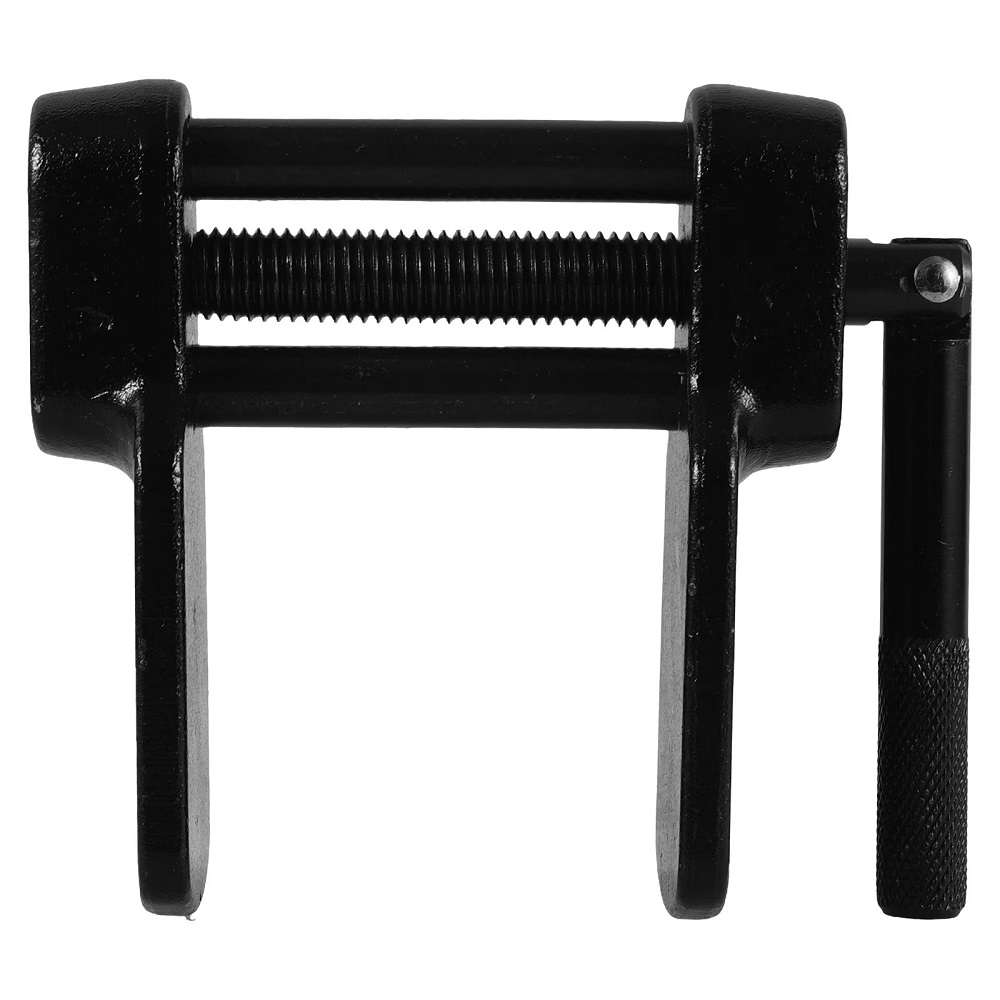
Role in Various Industries
Piston presses play a key role in multiple industries. In manufacturing, they are crucial for assembling parts and stamping materials. The automotive sector relies on piston presses to shape components and assemble vehicles. In the plastic industry, these machines assist in molding products, ensuring precision and consistency. With such diverse applications, the impact of piston presses is significant in enhancing productivity and efficiency across sectors.
Innovations Enhancing Piston Presses
Advancements in Control Systems
One of the most notable innovations in piston press technology is the development of advanced control systems. Modern piston presses now feature computer-controlled systems, allowing for more precise adjustments in pressure, speed, and stroke length. This level of control ensures that operators can customize operations based on specific requirements, leading to improved quality and consistency. The result is enhanced performance, reduced waste, and minimized errors during production.
Integration of Smart Technology
The integration of smart technology into piston presses is revolutionizing how these machines operate. By incorporating sensors and IoT capabilities, manufacturers can monitor their equipment in real-time. This data allows for predictive maintenance, helping operators address potential issues before they escalate into problems. Smart technology also enables remote operation, allowing businesses to monitor production lines from anywhere, improving efficiency and workflow.
Improved Energy Efficiency
Energy efficiency is a significant focus in today’s manufacturing landscape, and innovations in piston presses reflect this trend. Many modern piston presses are designed to consume less energy while maintaining high performance levels. Features like variable speed drives and energy-efficient hydraulic systems help minimize energy consumption. Not only does this lead to cost savings, but it also aligns with the increasing demand for sustainable manufacturing practices.
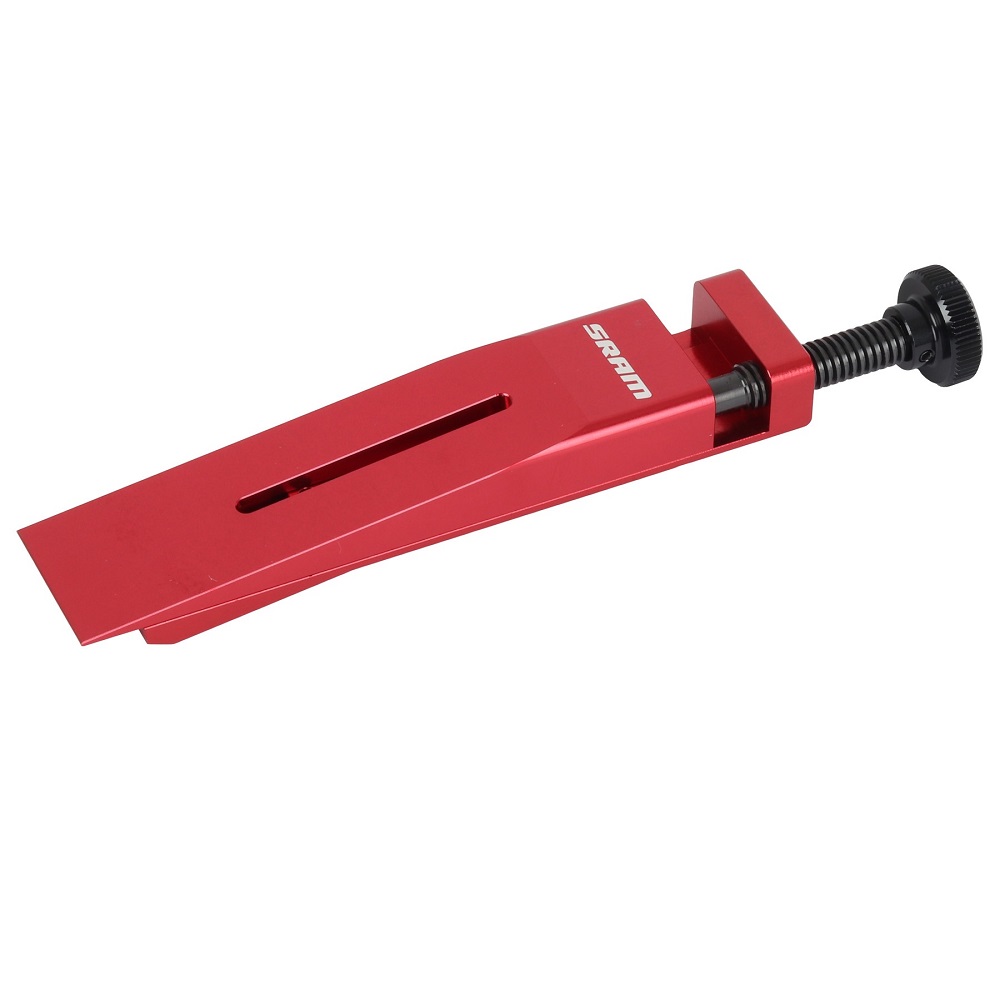
Enhancements in Safety Features
Enhanced Safety Mechanisms
Safety is a top priority when it comes to operating heavy machinery, including piston presses. Recent innovations have led to improved safety mechanisms that protect operators and equipment. Modern presses often come with integrated safety features, such as emergency stop buttons, pressure relief valves, and safety guarding. These enhancements reduce the risk of accidents and ensure that operators can work confidently.
Remote Monitoring for Safety
The adoption of remote monitoring technology also contributes to enhanced safety in piston press operations. Operators can easily access real-time data on machine performance, including pressure levels and operational status. This capability allows for quick responses to potential hazards before they turn into serious incidents. By keeping a close eye on the machine’s performance from a safe distance, companies can ensure a safer working environment for operators.
Training and Compliance
With advancements in technology, there is a growing emphasis on proper training for operators. Companies are investing in comprehensive training programs that cover safety protocols and the use of modern piston press technology. Understanding how to operate these machines safely ensures compliance with industry regulations and standards. A well-trained workforce is essential for maintaining a safe and efficient production environment.
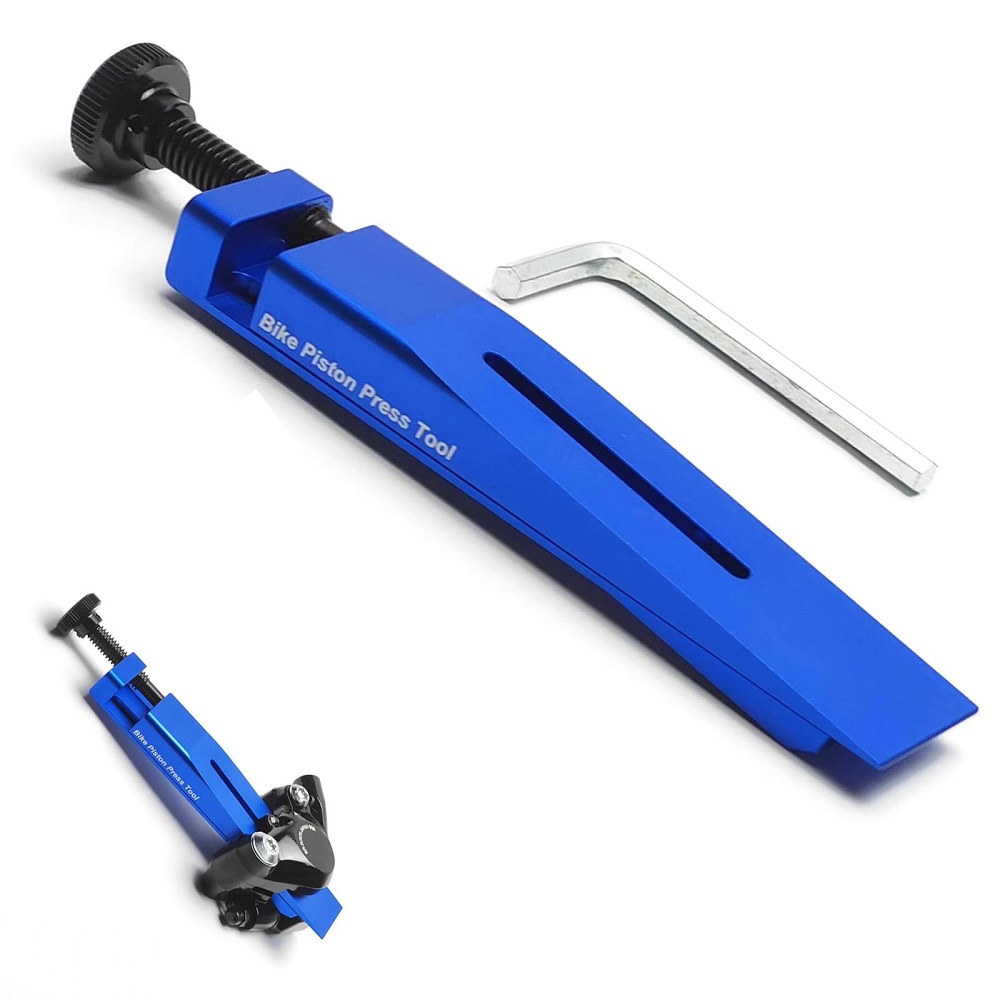
The Future of Piston Technology
Customization Options
As industries continue to evolve, there is an increasing demand for customization in manufacturing processes. The future of piston presses is likely to focus on modular designs that can be easily adapted to various applications. Customization will allow businesses to tailor machines to their needs, enhancing flexibility and efficiency. This adaptability will become crucial as companies look to streamline their operations and meet changing market demands.
Integration with Industry 4.0
Industry 4.0 refers to the ongoing trend of automation and data exchange in manufacturing technologies. The future of piston presses will undoubtedly embrace this concept, integrating systems that allow for better connectivity and communication between machines. By embracing Industry 4.0 innovations, piston presses can connect with other systems, enabling a more holistic approach to manufacturing. This integration could lead to enhanced productivity, cost savings, and improved decision-making through data analytics.
Sustainability Initiatives
With increasing awareness of environmental responsibility, the future of piston presses is likely to focus on sustainability. Companies will seek to reduce their carbon footprint by adopting greener practices. Innovations may include using alternative energy sources, eco-friendly materials, and efficient waste management systems. By prioritizing sustainability, the piston press industry can contribute to building a healthier planet while maintaining productivity and economic viability.
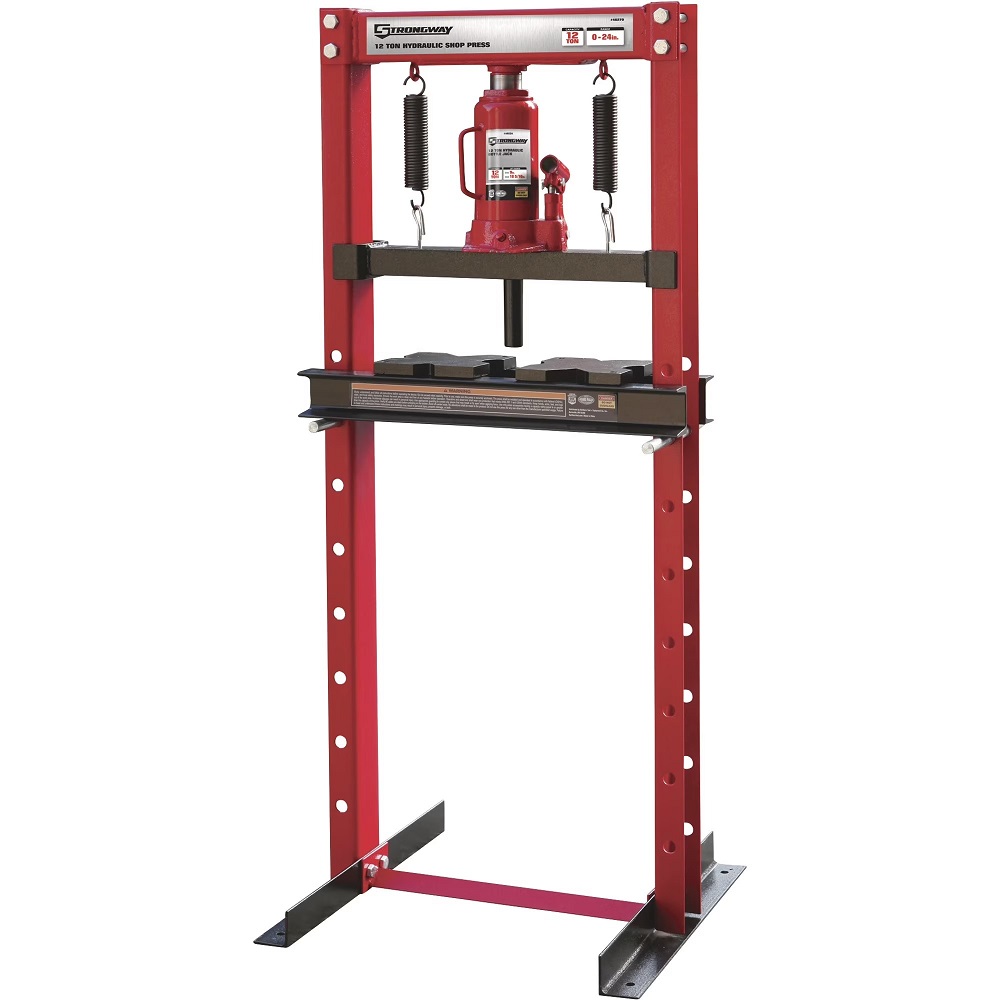
Exploring the Versatility of Piston Presses
Applications Across Various Industries
Piston presses exhibit remarkable versatility, making them indispensable in a range of industries. From automotive manufacturing to metalworking and the production of consumer goods, piston presses are used to perform numerous tasks. In automotive manufacturing, they play a critical role in stamping parts, such as hoods, doors, and panels, ensuring that every component meets the required specifications for quality and safety. In metalworking, piston presses are essential for processes like forging and shaping metal, resulting in products ranging from simple brackets to intricate aerospace components.
Custom Configurations for Specialized Needs
One of the exciting aspects of piston presses is the ability to configure them for specialized applications. Manufacturers can design piston presses with specific features tailored to meet the unique requirements of different industries. For example, a piston press used for plastic molding may be equipped with a heated chamber to soften materials before they are shaped. Conversely, presses designed for food packaging may prioritize cleanliness and easy disassembly to comply with health regulations. This customization can enhance the efficiency and functionality of the press, making it a perfect fit for its intended use.
Impact on Small Businesses
Piston presses are not exclusively utilized by large manufacturers; they also play a crucial role in small businesses and startups. Many entrepreneurs invest in piston presses to produce custom goods, such as unique metal artworks or specialized components. The affordability and adaptability of smaller piston presses allow these businesses to operate efficiently without the significant overhead associated with more massive production setups. As the landscape of manufacturing changes, piston presses empower small businesses to innovate and compete in the market.
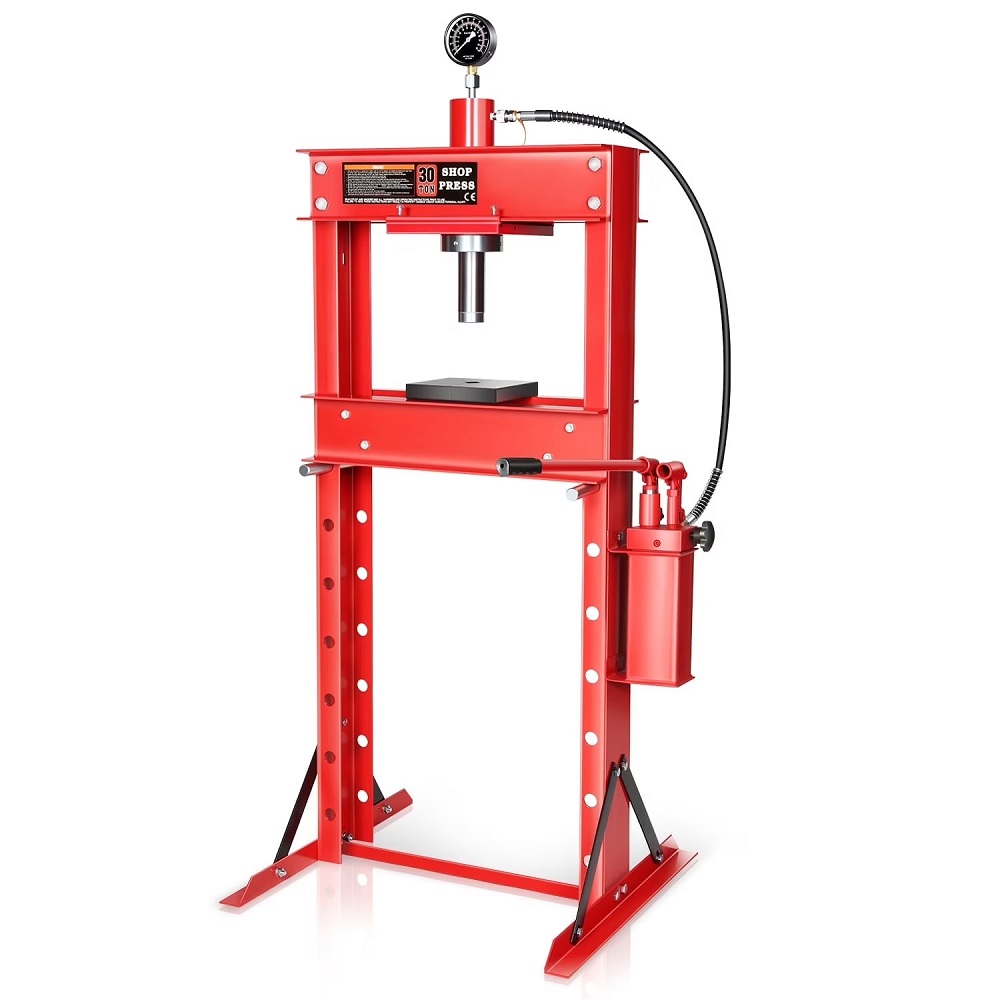
Global Trends Influencing Piston Press Development
Shift Towards Automation
The global trend towards automation is increasingly impacting the design and functionality of piston presses. As labor costs rise and the demand for efficiency grows, manufacturers are seeking ways to automate their production processes. Piston presses that incorporate automated loading systems, robotic arms, and advanced controls can significantly improve throughput. Automation not only speeds up production but also enhances precision, minimizing variations in output. This is particularly important in industries where quality control is of utmost importance.
Emphasis on Data Integration
Another significant trend shaping the future of piston presses is the emphasis on data integration. With the advent of Industry 4.0, manufacturers are focusing on using data analytics to optimize operations. Piston presses equipped with sensors can collect valuable data regarding performance, pressure levels, and material conditions. This data can then be analyzed to identify inefficiencies or potential issues before they become critical problems. Real-time monitoring enhances decision-making and enables predictive maintenance, ensuring that piston presses operate at peak performance.
Environmental Considerations
As sustainability becomes a key focus worldwide, piston press manufacturers are looking for ways to reduce their environmental impact. Innovations may include energy-efficient designs that consume less power, as well as the use of sustainable materials in manufacturing. The push for eco-friendly practices is driving companies to rethink their production methods and strive for greener alternatives. By prioritizing environmental responsibility, the piston press industry can contribute to sustainable manufacturing practices while staying competitive in a demanding market.
Conclusion: Embracing Innovation in Piston Technology
The Importance of Staying Informed
In conclusion, the piston press industry is undergoing significant transformations due to innovative advancements. Understanding the essential features and choices available helps manufacturers select the right equipment that meets their specific needs.
Investing in the Future
Investing in new piston press technologies and understanding the designs that meet industrial demands can enhance productivity and safety. The right equipment plays a key role in improving overall performance.
Looking Ahead
As innovations continue to reshape the industry, staying informed about advancements and trends will be vital for manufacturers aiming to remain competitive. Embracing change and adapting to new technologies will ensure that industries can thrive in an ever-evolving landscape. By prioritizing quality, sustainability, and efficiency, the piston press can continue to be a cornerstone of modern manufacturing.